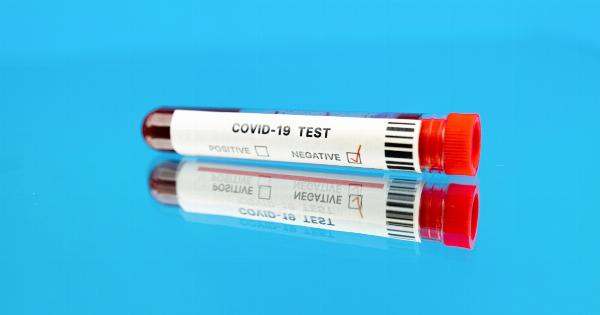Asthma is a chronic respiratory illness that affects millions of people worldwide. It’s not a new disease, but its incidence has continued to rise, especially in children.
Asthma is a chronic respiratory illness that causes inflammation and narrowing of the airways, leading to difficulties in breathing. In children, the symptoms of asthma can be particularly severe and can have a profound impact on their quality of life. Therefore, it is important for parents and caregivers to understand the causes, symptoms, and management of asthma in children.
What Causes Asthma in Children?
Asthma is primarily caused by a combination of genetic and environmental factors. Children whose parents have asthma are at a higher risk of developing the condition, indicating that there is a genetic component to asthma.
However, environmental factors such as air pollution, dust, dampness, and allergens can trigger asthma symptoms in both children and adults.
Other factors that can trigger asthma episodes in children include respiratory infections, exercise, and emotional stress. Exposure to tobacco smoke, both prenatal and postnatal, can also increase the likelihood of a child developing asthma.
Symptoms of Asthma in Children
The symptoms of asthma in children can vary from mild to severe and can be life-threatening if not managed properly. The most common symptoms of asthma in children include:.
- Wheezing
- Coughing (often worse at night or early in the morning)
- Shortness of breath or rapid breathing
- Chest tightness or pain
- Difficulty breathing
- Difficulty speaking (due to shortness of breath)
It is important to note that these symptoms can also be caused by other respiratory illnesses or conditions. Therefore, if you suspect that your child has asthma, it is important to consult a doctor for a proper diagnosis.
Diagnosis of Asthma in Children
Diagnosing asthma in children can be challenging because the symptoms can vary and may not always be present. A doctor will typically ask about your child’s medical history and conduct a physical examination.
They may also perform various tests, such as lung function tests, chest X-rays, and allergy tests, to rule out other possible causes of your child’s symptoms and confirm a diagnosis of asthma.
Treatment of Asthma in Children
The treatment of asthma in children involves a combination of medications and lifestyle changes aimed at controlling the symptoms and preventing asthma attacks.
Depending on the severity of your child’s asthma, their doctor may prescribe one or more of the following medications:.
- Short-acting bronchodilators (such as albuterol) to relieve acute symptoms quickly
- Long-acting bronchodilators (such as salmeterol) to prevent symptoms
- Inhaled corticosteroids (such as fluticasone) to reduce inflammation in the airways
- Leukotriene modifiers (such as montelukast) to decrease inflammation and improve breathing capacity
In addition to these medications, making certain lifestyle changes can also help manage your child’s asthma.
For example, avoiding exposure to allergens or irritants that trigger their asthma symptoms, maintaining a healthy weight, and exercising regularly can all contribute to controlling asthma symptoms and reducing the frequency and severity of asthma attacks in children.
Preventing Asthma in Children
The best way to prevent asthma in children is to reduce their exposure to environmental triggers. Some of the steps that parents and caregivers can take to help prevent asthma in children include:.
- Keeping the home clean and dry to prevent the growth of mold and other allergens
- Encouraging regular exercise and physical activity
- Avoiding exposure to tobacco smoke
- Minimizing exposure to outdoor air pollution
- Controlling your child’s allergies with medication and other treatments
It is also important to ensure that your child receives all recommended vaccines, as respiratory infections can trigger asthma symptoms in some children.
Conclusion
Asthma is a serious respiratory condition that can have a significant impact on a child’s quality of life. However, with proper management, most children with asthma are able to lead normal, healthy lives.
By working closely with your child’s doctor, following the recommended treatment regimen, and making certain lifestyle changes, you can help keep your child’s asthma under control and reduce the risk of asthma attacks and complications.




























